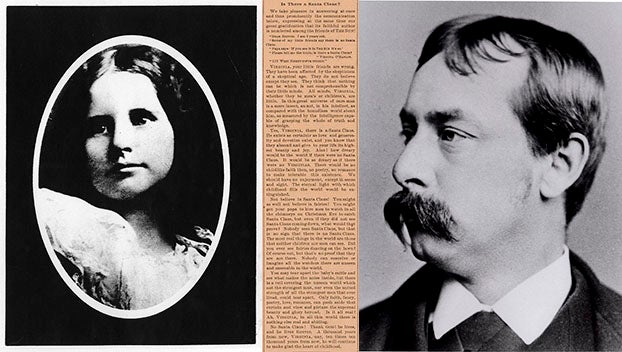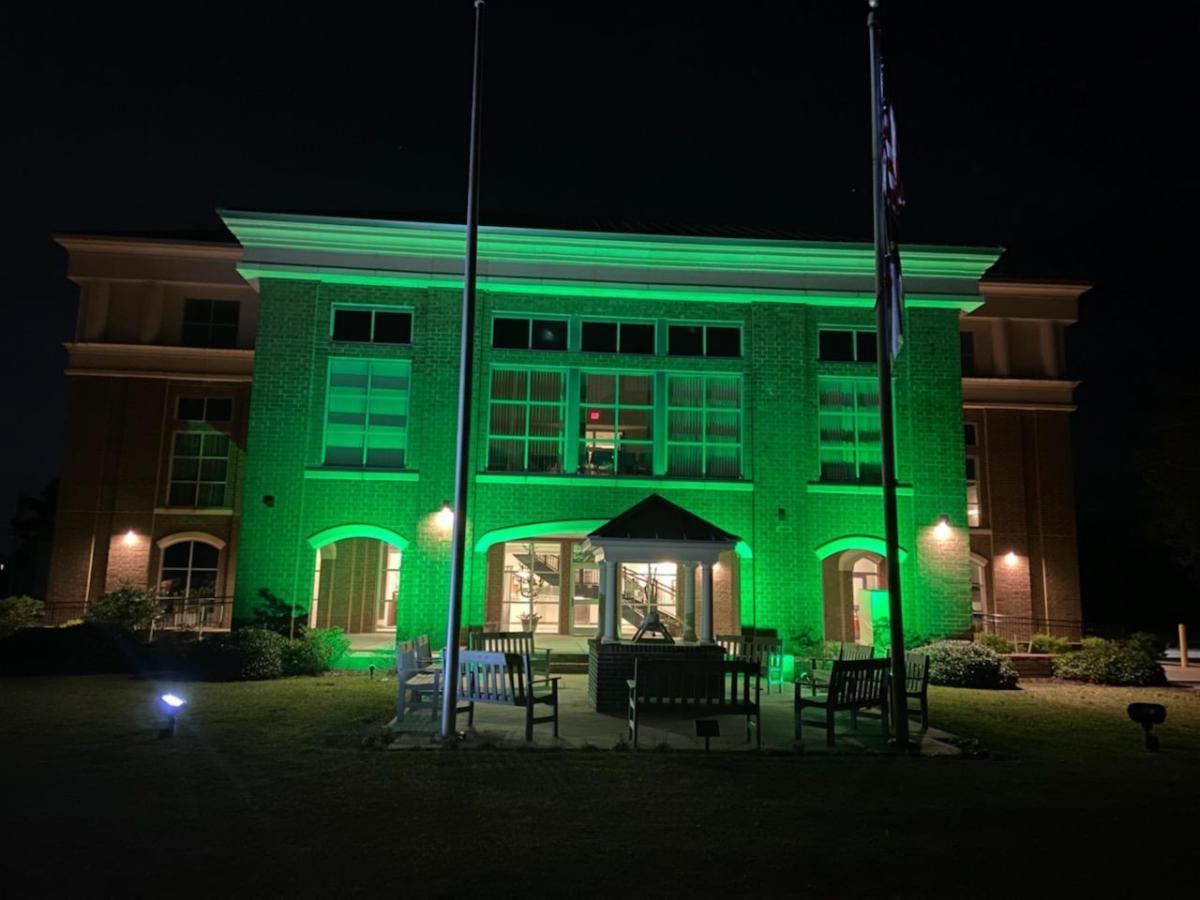Prepare for the unexpected
Published 7:40 pm Friday, December 6, 2019

- (Ashley Vansant/Daily News)
Hurricane season is officially over. On Dec. 1, the 2019 season officially wrapped up and draws a decade of hurricane seasons to a close.
So what has the last decade of hurricanes taught us?
In 2010, it taught us that a high number of named storms does not equate to damage. Only two tropical storms made landfall out of the nineteen named on the season.
In 2011, it was the same, with the exception of Hurricane Irene. Many people in Beaufort County will remember that storm well, as it camped out over eastern North Carolina for much longer than expected and delivered some devastating flooding to Belhaven and Aurora.
2012 brought us Hurricane Sandy, which defied weather logic and sent a 12-foot storm surge into New York City, at the same time prompting a blizzard in the Appalachian mountains. This freak storm was directly responsible for 230 deaths.
Next came a three-year hiatus for Beaufort County: 2013 had the fewest hurricanes since 1950, Arthur was simply an eastern North Carolina inconvenience in 2014 and 2015 was another uneventful season.
Then, something interesting started to happen in 2016. Hurricane Matthew earned category 5 status out in the Caribbean, but by the time it hit eastern NC, it was a mere 1. It still managed to do plenty of damage. In 2017, Hurricane Harvey hit Texas as a category 4 storm, but it was after Harvey weakened, stalling near the coastline that the most damage occurred from an extended period of torrential rainfall. More than 100 people died. Less than two weeks later, Hurricane Irma claimed category 5 status and hit the Florida Keys as a category 4 storm. Irma claimed 124 lives, 92 of them in the U.S. and three in Puerto Rico. Two weeks after that came Hurricane Maria, another storm that rose to category 5 and made landfall as a category 4, this time in Puerto Rico. Nearly 3,000 deaths in Puerto Rico were directly linked to Hurricane Maria.
2018 was reserved for Florence and Michael. The once-category 4 Florence hit eastern North Carolina as a category 1 but lingered for three days, causing devastating flooding in Beaufort County. Less than a month later, Michael leveled parts of the Florida panhandle with a 14-foot storm surge and winds of up to 160 mph.
This year, brought Hurricane Dorian, which stalled out over the Bahamas as a category 5 hurricane, with winds of 185 mph. Thousands of homes and other structures were destroyed; the death toll remains unknown. By the time Hurricane Dorian brushed by the Outer Banks, it was a category 1 storm — one that caused unprecedented flooding in Hatteras and Ocracoke, destroying houses, lodging and vehicles. Ocracoke just opened up to tourists again this week, three months later.
Billions of dollars and thousands of lives were lost to the decade of hurricanes between 2010 and 2020. As for the next decade of storms, meteorologist Ryan Truchelut warns, “look for the multitudes contained in the 2019 hurricane season — mind-boggling rapid intensification, erratic stalls, destructive flooding — to continue to become more common in the next decade. Finally, expect more May starts to hurricane seasons and for favored regions of development to keep expanding north.”
If the last decade of hurricanes can be summed up as “expect the unexpected,” the next decade might just fall under the category of “better prepare for the unexpected.”




